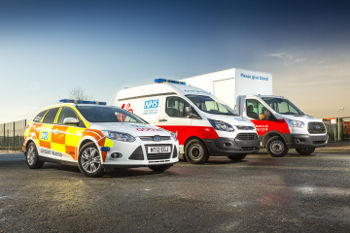 Vehicles operated by the NHS Blood and Transplant service (NHSBT) may not have the same high profile as other emergency services vehicles, but they deserve to.
Vehicles operated by the NHS Blood and Transplant service (NHSBT) may not have the same high profile as other emergency services vehicles, but they deserve to.
Collectively, the NHSBT’s 500-strong fleet is responsible for collecting and transporting blood donations from all around the UK, and distributing them to hospitals as required — sometimes under emergency, blue light conditions.
Ford vehicles already played a major role in the NHSBT fleet, with around 65 per cent of the current fleet featuring the blue oval badge on their bonnet. This presence will now be extended by the addition of the Ford Transit Custom to the NHSBT fleet.
Current NHSBT Ford models include blue-light Ford Focus Estate models and specially-adapted Ford Transits, each of model has a key task in keeping blood supplies circulating.
NHSBT’s national fleet service manager, Larry Bannon, said:
“We are pleased to welcome the Ford Transit Custom on to our fleet and we are sure it will more than meet our expectations. The Transit is recognised throughout this industry as the perennial best in class, and it is certainly the best vehicle that fits our purpose, with excellent network support and a spare parts supply second to none.”
In addition to emergency-service livery and the fitment of special storage equipment, each van is lined in a special waterproof resin to enable power-washing of the interior to ensure cleanliness to prescribed and regularly audited levels.
Larry Bannon added:
“The Ford vans are used in every stage of the blood donation process, from collecting the blood from the village halls and schools where blood donation sessions are set up, then transporting the donated blood to our regional processing sites where it is tested, processed and sorted, through to delivering units of blood to hospitals, whether as part of a routine order or under emergency blue-light cover to meet a hospital’s urgent needs.”

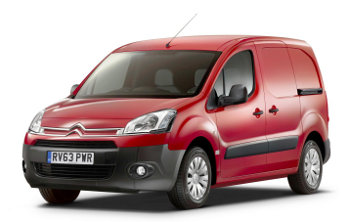
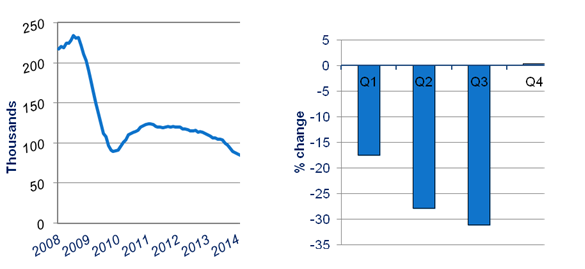
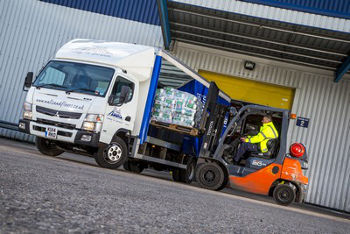
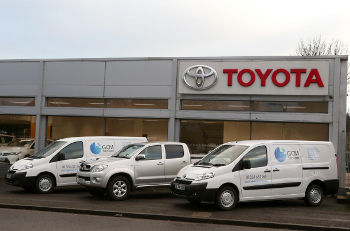 The
The 








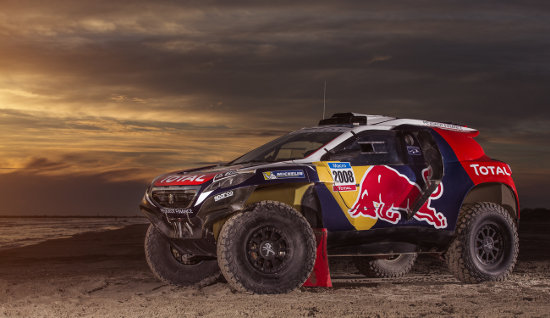

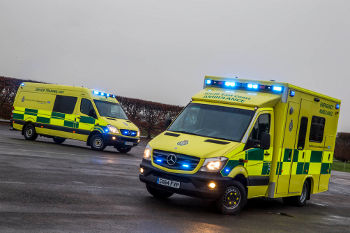
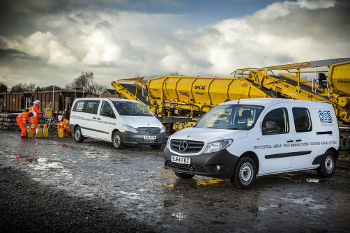 Rail contractor Rail Safety Solutions (RSS) has taken delivery of 22 new Mercedes-Benz vans and minibuses.
Rail contractor Rail Safety Solutions (RSS) has taken delivery of 22 new Mercedes-Benz vans and minibuses.